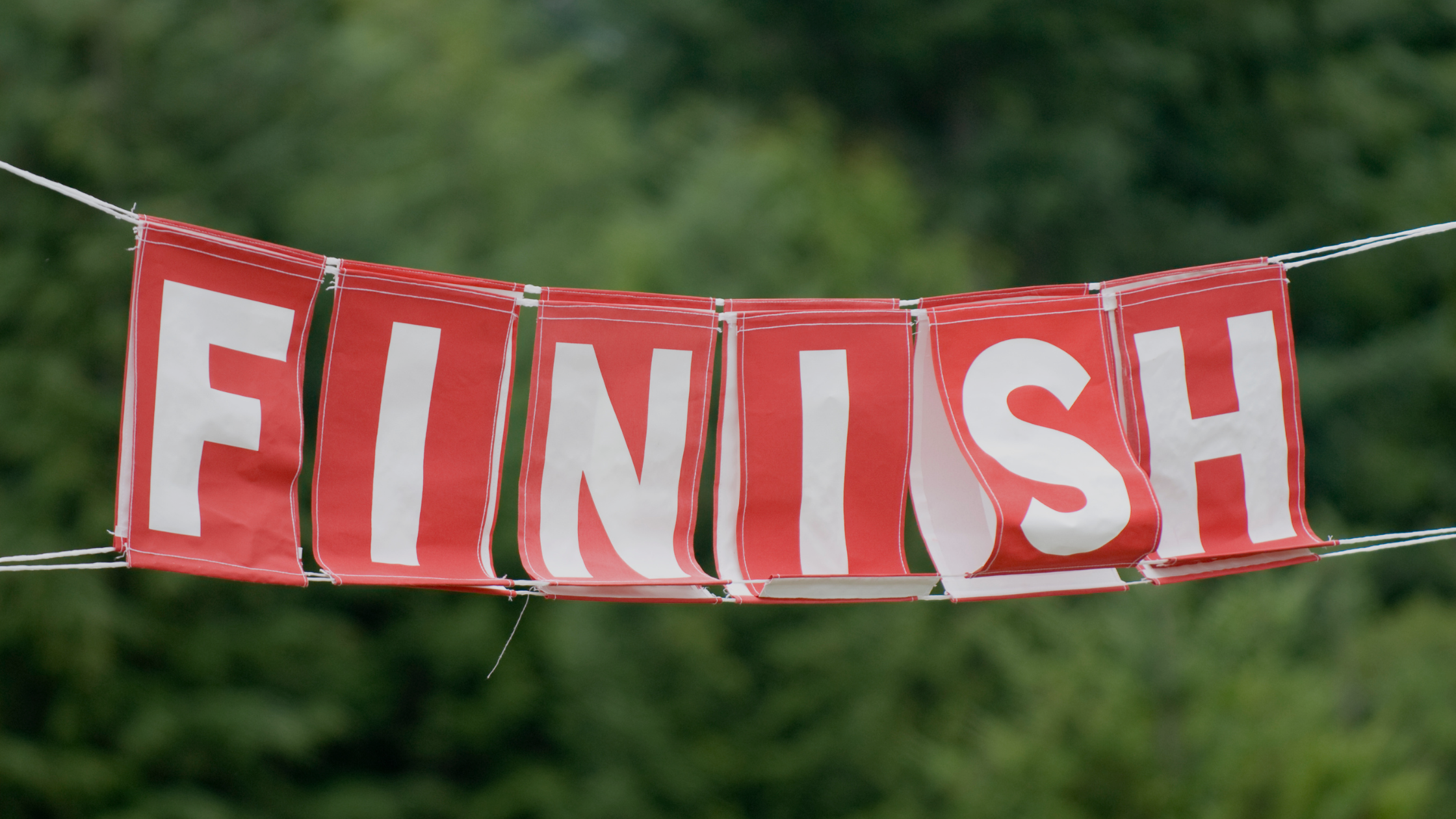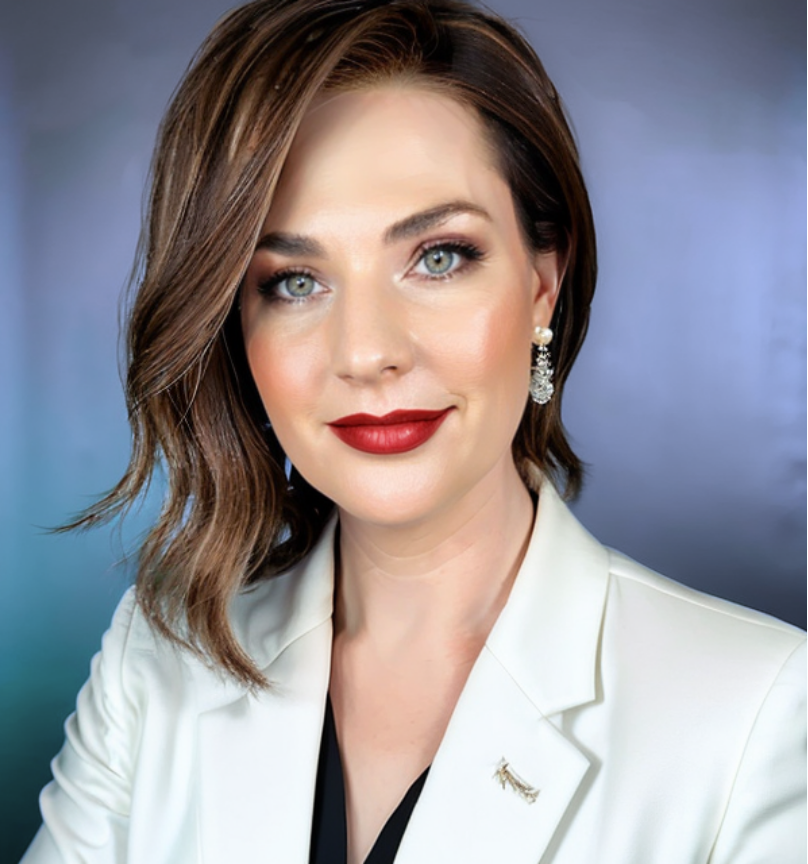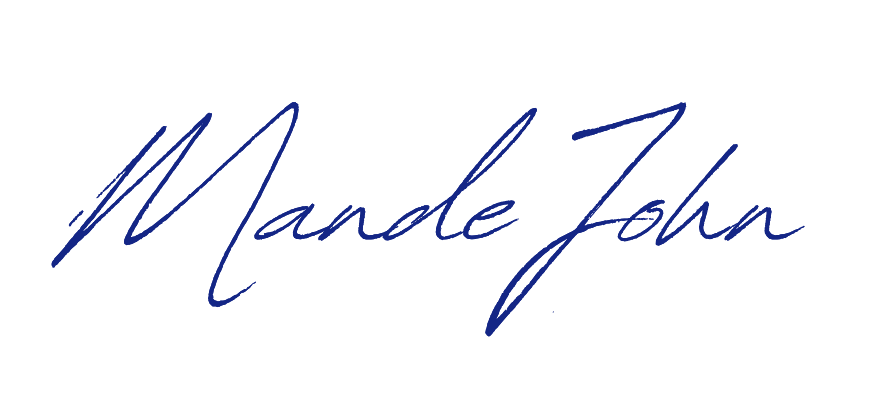What if you could move forward in every area of your life where you’re feeling frustrated or stuck?
If you’ve ever felt like you’re holding onto a hundred tasks in your head—from important things to completely trivial ones—with more getting added every day, making you feel like you’re standing still, falling behind, or just spinning your wheels… this system is for you.
Today we’re diving into open loops: what they are, why they pile up in ADHD brains, and how you can finally close them in ways that actually feel good and stick.
The Waiter’s Brain Problem
Picture a server at a restaurant taking your order without writing it down. They’re holding that order in their head until it’s delivered to the table. Back in the 1920s, psychologist Bluma Zeigarnik noticed this exact phenomenon.
She found that people remember uncompleted or interrupted tasks far better than tasks that have been finished—a discovery now known as the Zeigarnik effect.
For waiters, this means they remember your order perfectly while it’s still “open,” but once delivered, it fades from memory.
Here’s the thing with ADHD: We often don’t deliver the orders. We just keep holding onto them, and more orders keep coming in.
My Breaking Point
That’s exactly how my brain used to feel every single day. I’d be carrying around important things like making doctor’s appointments for my kids, right alongside trivial things like deciding what flowers to plant in the front bed.
None of these things would actually get “served” or finished. Every time I saw something that still needed to be done—or realized I had forgotten something again—the frustration would spike. Overwhelm would set in.
It wasn’t that I didn’t care. I cared so much I was carrying it all around in my head, trying to remember it all, keeping all those tabs open.
The real turning point came when I created a system to handle this. Almost instantly, I felt relief. Once these things were organized and written down somewhere, I could finally start completing tasks more easily, closing the loops. That made me feel happy, proud, and actually productive.
The Three-Part System That Changed Everything
1. The Brain Sweep: Your Mental Reset Button
When I start to feel mental clutter piling up (usually once or twice a month), I do what I call a “brain sweep.” Here’s the exact process:
Step 1: Gather Everything
- Grab a couple sheets of paper or use the notes section in your planner
- Collect all those little notes from notebooks, papers, and Post-its
- Add everything that’s in your head, no matter how big or small
- Include all areas of life on the same sheets of paper
Step 2: Sort and Assign
- Needs calendar soon → Goes straight into Google Tasks
- Not urgent → Drop into “Not Now” section in Google Tasks (a subcategory to keep main list clean)
- Bigger/future ideas → Goes into my Trello board called “Closing Loops”
Step 3: Schedule Everything
- Go through Google Tasks and assign each item a day and time
- Estimate how long each will take
- Check it done in Google Tasks once it’s on the calendar
- Nothing gets deleted, nothing gets forgotten
The best part? As I add items from Post-its or scraps of paper, I get to crumple them up and toss them away. Super satisfying.
By the time I’ve placed each thing where it belongs, every item is checked off the brain sweep list, and the mental weight is gone.
2. The Shared System: Stop Carrying Other People’s Tasks
Sometimes we’re at our limits keeping up with our own to-do list, never mind family members’ or coworkers’ tasks. For me, this was especially true with my husband.
He’s happy to help, but when I’d ask him to do something (like fix the flat tire on the travel trailer), months would go by simply because when he did get free time, neither of us would remember the task needed doing.
Our solution: Google Keep
Now, anytime I think of anything he said he’ll take on:
- He can add it to his Google Keep app
- I can add it to mine and make him a collaborator
- It’s out of my head and into his reminders
Google Keep features we love:
- Set reminders for specific days, times, or locations
- Pin most important things on top
- Add pictures or links
- Easily search for things later
The goal is to get those loops out of your brain and into a place where the other person can see them easily.
3. The Visual Goal Board: Making Big Dreams Visible
Annual goals can feel like huge open loops. For years, I would set them with so much desire and intention, then just forget they existed. Not because I didn’t care, but because they simply didn’t come to mind.
That changed when I made my goals visible every day.
How to create your visual goal board:
- Write out your goals for the year
- Create a collage in Canva
- Choose a picture for each goal (or use words/symbols)
- Have it printed on canvas
- Place it where you’ll see it daily
I keep mine next to the mirror where I get ready in the morning. It’s impossible to miss.
Because it’s always in my line of sight, check-ins happen naturally. I’ll glance at it, notice one that’s not done, and ask myself: “How can I move forward with this?”
Real example: One goal was to visit a white sand beach. At first, I thought Caribbean or Florida, but kept hitting roadblocks. Then my husband suggested California (I didn’t even know we had white sand beaches!). We ended up booking an amazing trip to Carmel by the Sea—something that would’ve stayed a “someday” idea without that daily visual reminder.
The Unexpected Benefit: Getting Your Life Back
Between the brain sweep, Google Keep, and my visual goal board, I noticed something unexpected. Closing loops wasn’t just helping me be more productive—it was giving me back time and energy for things I truly enjoy.
With my freed-up brain space, I now:
- Do diamond paintings (taking tiny jewels and adding them to pictures one by one)
- Grow a succulent garden
- Actually relax without feeling the weight of undone tasks
When you close the loops, you get that mental and emotional space back for whatever fills you up. When our minds aren’t cluttered with open loops, we have more capacity for the kind of problem-solving our brains naturally crave.
I’m not only more creative in my work—I’m also more present in my hobbies, my home, and my relationships.
Your 24-Hour Challenge
Within the next 24 hours:
- Do your own brain sweep
- Close at least three open loops (no matter how small)
- Feel the difference it makes
Notice what open orders you have in your brain over the next couple days. Just observe how many times your brain pings about something unfinished, even if it’s small. Awareness is the first step to change.
Get the Free Templates
To help you start, I’ve put together a free PDF with:
- My Canva Visual Goal Board templates
- A template of my “Closing the Loop” Trello board
- Step-by-step instructions
Download at: www.learntothrivewithadhd.com/closingtheloop
The Bottom Line
Closing loops is about more than productivity. It’s about freeing up your mind and time so you can do the things that recharge you, spark ideas, and let your natural problem-solving shine.
The peace and freedom you feel from wrapping these things up will feel amazing. You don’t have to be the waiter carrying endless orders in your head anymore. You can deliver them, one by one, and finally enjoy the mental space you deserve.



